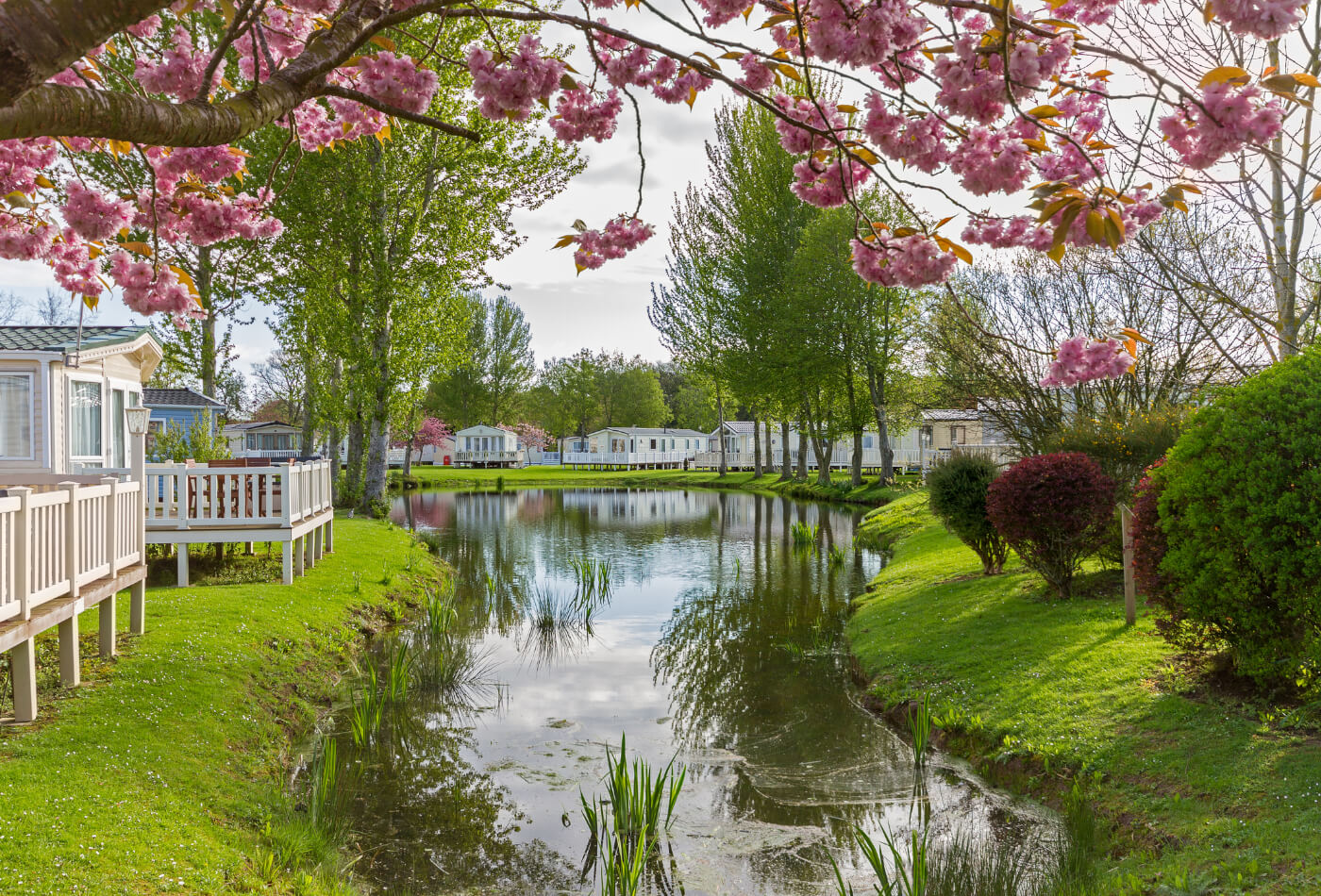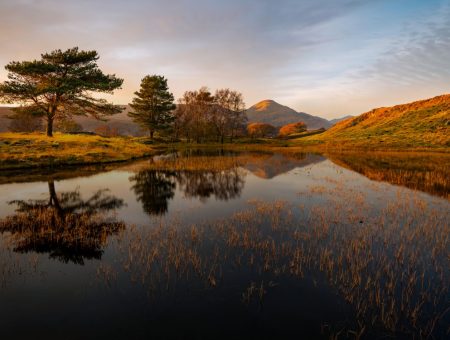

Get your bank holiday plans in order after discovering all of the upcoming UK bank holidays for 2025 &...

We’re over the moon to be nominated for our 12th British Travel Award, and we need your help! We’re...

Looking to make unforgettable memories or a place that has it all? Then read our blog on the best...

Welcome to the Sykes Impact Report where we explain our 2024 activities and how we aim to improve communities,...

Stretching just over 400 miles in length, Northern Ireland‘s beautiful coastline spans three of its counties and is home...
Are you on the phone to our call centre? Your Customer ID is: